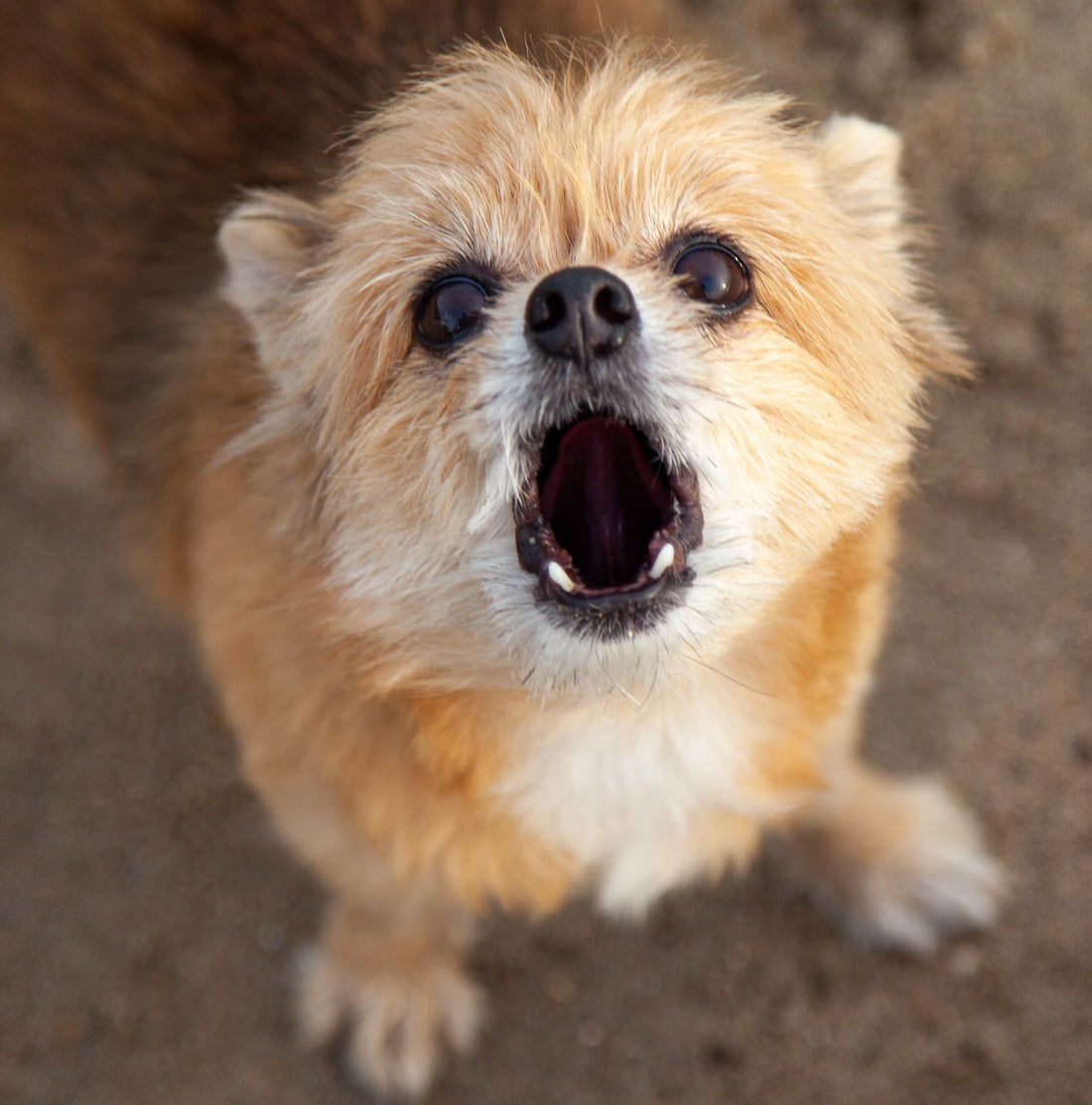People always ask me: "How Do I Get My Dog to Stop Barking". Barking is a natural behavior for dogs, for some breeds more than others. However, barking can be quite irritating. Below are some training tips and information that will help you to teach your dog to be a bit more “quiet”.
It’s important to remember that anytime your dog is doing something that is undesirable, you should offer them a “replacement” behavior. In this article we will be teaching you how to replace your dog’s barking with being quiet.
Equally important is to NEVER use a command (in this case quiet) unless you are sure your dog knows the meaning and will successfully complete the request. This takes time and patience but, I assure you, it’s worth it.
I will use the example of a Max, the German Shephard, barking in his backyard. I also have a corresponding video showing this training.
Max is a “barker”. He listens intently and barks at the noises of other dogs, squirrels, people, etc. Max lives near a busy dog park so this increases his barking behavior. This can be challenging for his family. He also has a habit of barking as soon as they let him out in the morning. He has no care of what time it is and this is disruptive to his neighbors.
To help Max:
I would advise that they take Max out on leash so they have more control over the situation. I would also recommend that Max’s family have treats (his morning kibble may be used in lieu of treats if this interests him). Then, when Max goes outside quietly, he should be rewarded with a treat paired with the verbal cue of “good quiet”. NOTE: You really can’t reward “quiet” too much in the beginning. The best time to reward Max is when he is relaxed, outback and being quiet. Max should be watched closely for any sign of “interest” in something he might bark at. As soon as Max shows interest (head turning in the direction of the noise, ears perking up, eyes widening, face tensing) he should be redirected. Redirection can be done by making a sound, tossing a ball or a treat. Then, before he has a chance to refocus on the sound, a “good quiet” paired with a treat would be in order. This should continue while he is outside and doing his business. This would need to be repeated many, many times before they could actually ask him to be “quiet” while barking. It takes time for a dog to understand the meaning of a word and it’s important to allow them enough time before expecting them to comply.
In the meantime….while they are working with Max and before he really knows what quiet means, I would recommend that if he does bark one or two times they ignore it for now but if he goes into a surge of barking and carrying on, they should immediately take him inside for a short break and start over, being observant to catch it before it gets going. It would be ok to distract Max after a bark or two but important not to REWARD him in order to distract him because they would then be rewarding the bark.
IMPORTANT: The moment after a dog exhibits any behavior is the PRIME time to reinforce that behavior. If you offer a reward after your dog barks you will be training them to bark more. A good rule of thumb it to reward what you want more of and ignore what you don’t want. Rewards are essential to dog training and can be tapered down once your dog understands and is doing well.
Punishing a dog for barking makes no sense to them, they are simply being a dog and doing what a dog is naturally meant to do. We need to teach them what we want instead of demanding they simply stop doing doggy stuff.
Check out our FREE training videos to watch the video that pairs with this post and for more helpful tools and training techniques.

